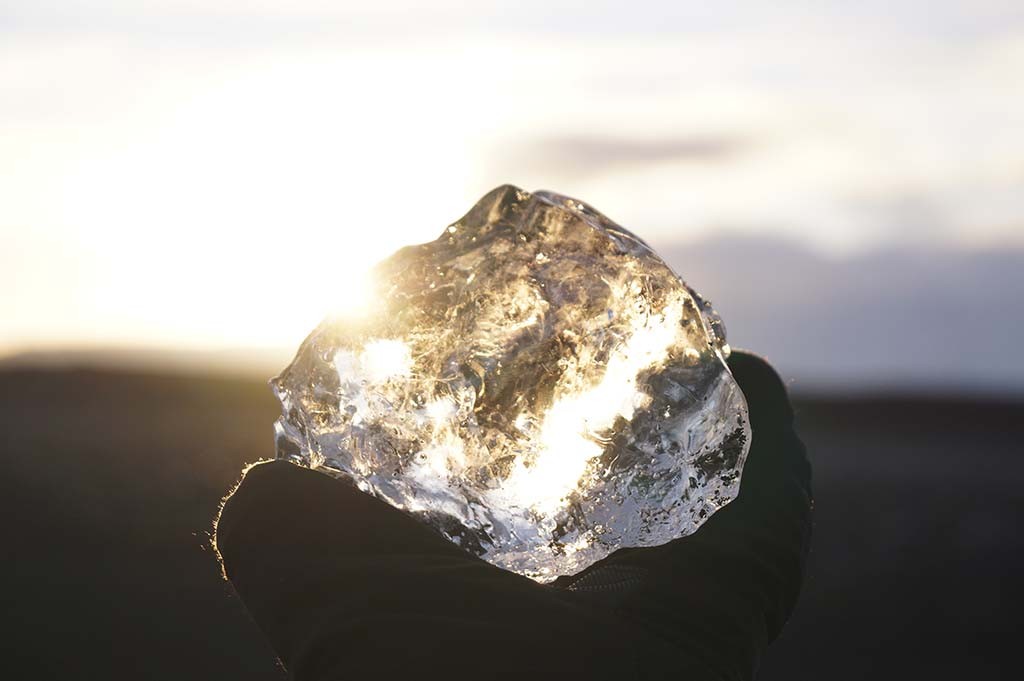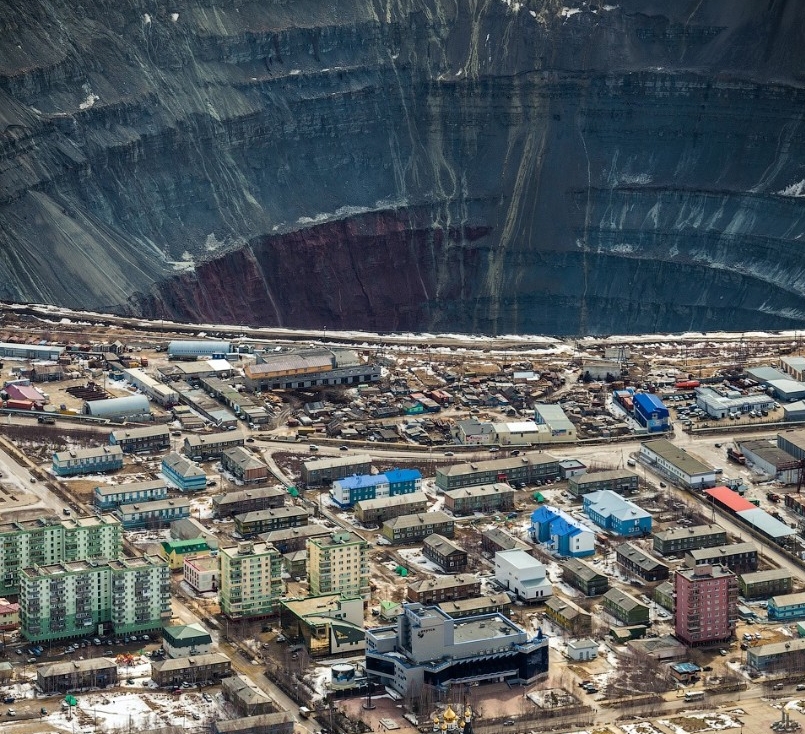Scientists have discovered billions upon billions of tonnes of diamond deposits deep beneath the Earth's surface. Drilling for them may be more than a little tricky, however.
Deep beneath the Earth's surface there are as many as a quadrillion tonnes of diamonds just waiting to be discovered. The only catch is they are exceedingly deep. Over 100 miles (160 kms) down, in fact; far deeper than any drill could ever penetrate.
According to researchers from Massachusetts Institute of Technology, all over the world, there are diamonds deep down in rocks known as cratonic roots – the lowest section of craton rocks that lie deep beneath all the world’s continents. Shaped like inverted mountains, cratons stretch deep into the Earth's crust, as far as its mantle. They occur in many parts of the world, including Antarctica, western Australia, northern and western Russia, west and central-west Africa, Brazil, north-eastern United States, eastern Canada and Greenland.

Above: Diavik mine in Canada.

Image credit: Unsplash
Ulrich Faul, a former research scientist at MIT’s Department of Earth, Atmospheric, and Planetary Sciences, who has since moved on to another university, was lead author of a study into the abundance of diamonds beneath the Earth’s surface. He and a team of colleagues from other universities stumbled on their conclusion after noticing an anomaly in seismology data.
For the past few decades, geological agencies such as the United States Geological Survey and the UK-based International Seismological Centre have kept records on the seismic activity caused by earthquakes, tsunamis, volcanoes and explosions, recording the velocity of the sound waves they create as they travel through the planet's interior. By noting how the velocities vary, they can assess the density, temperature and composition of the rocks they pass through.
When Faul and his colleagues noticed that sound waves had been passing unusually quickly through cratonic roots, at first they couldn't understand why.
Then they concluded that the only rock composition that could possibly allow this was one containing between one and two per cent of diamonds, meaning there was at least a thousand times more diamond material down there than geologists had previously expected.
“This shows that diamond is not perhaps this exotic mineral, but on the [geological] scale of things, it’s relatively common,” Faul told MIT News. “We can’t get at them. But still, there is much more diamond there than we have ever thought before.”
With the benefit of hindsight, Faul now says it makes scientific sense to find so many diamonds down at this level. For diamonds to be forged, they require extreme pressure and extreme heat – and there's no shortage of either down among the cratonic roots.
So, if we could get to them, just how valuable would all these undiscovered diamonds prove to be? At the current market rate, a quadrillion tonnes would sell for US$195,000,000,000,000,000,000,000,000.
But don't get too excited just yet. Remember, these stones are over 100 miles beneath the Earth's surface. Right now, the deepest we have ever drilled for diamonds is just over a third of a mile (625 metres). There's still a mighty long way to go.

Above: Open pit diamond mine in Mirny town, Russia.
